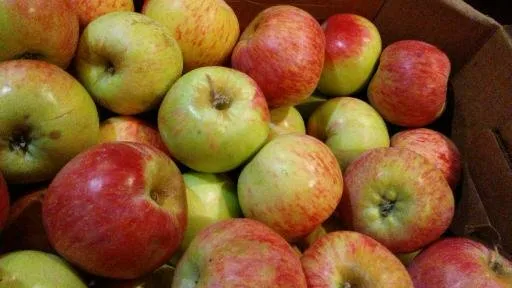
One of the joys of August where I live is the beginning of apple season. And it all begins with one of my favorites, the Gravenstein apple. Thanks to cold storage and imported fruit, we have access to apples year-round, but from winter onwards they are just a commodity (because one supermarket apple tastes much like the next one). Red and Golden Delicious, McIntosh, Fuji, Gala, and Granny Smiths are all good apples and each of them is excellent if you can find one fresh off the tree, but I don’t get excited about them because I can buy those varieties in American stores for months at a time.
From August to November in my region, if you are fortunate and know where to look, you can enjoy some truly heirloom varieties of apples. In August, I get excited because one of the first apples of the season is the best one of all. These don’t last and they can’t be stored long, but there’s nothing like the taste of a fresh Gravenstein apple.
This year, I drove to apple country and bought a whole box of them. They need to be eaten, cooked, or juiced within a couple of weeks, since these apples do not store well.
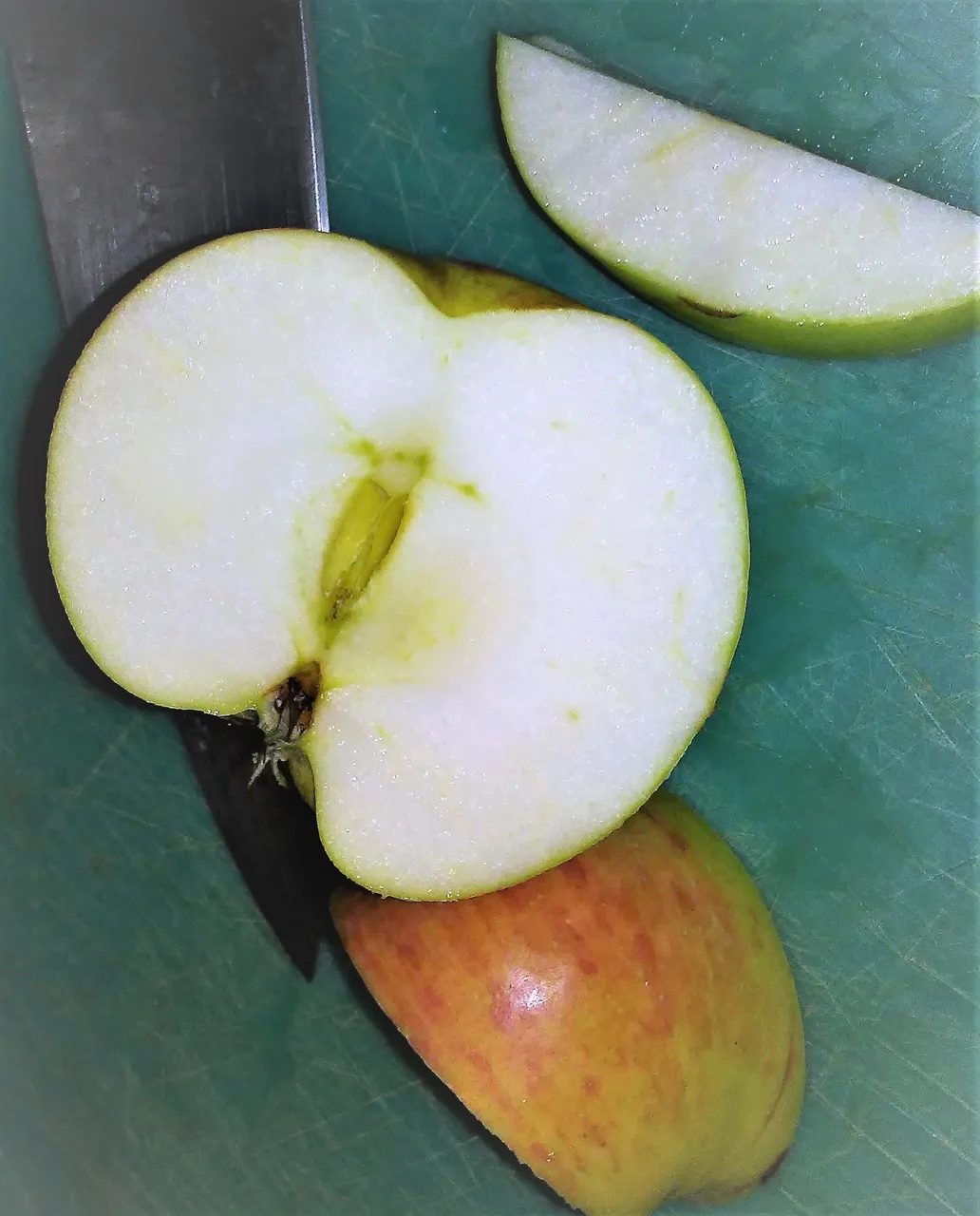
Gravenstein Apple. Author photo.
When slightly green below their red stripes, the apples are wonderfully tart and crisp with a perfect balance of acids and sugar. That is my favorite stage to eat these. A few days later, the green begins to turn golden, cutting the acidity slightly. This is probably the stage at which most people would enjoy this apple the most. Later, the green-gold turns a deeper gold, which means that the apple flesh inside has become sweeter and less crispy. The texture of a fully ripe Gravenstein is fine-grained. I am less interested in them at that point because the snappiness is gone, but they are still very good for juicing or making apple sauce or apple pie.
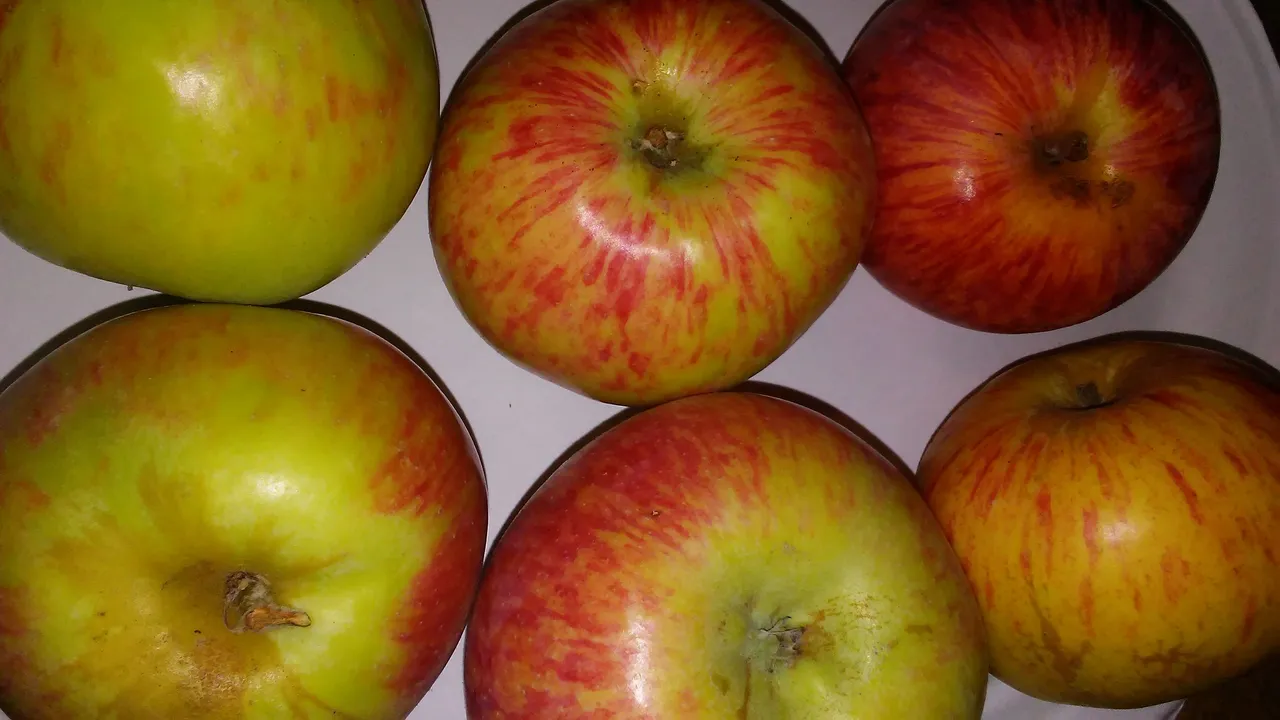
More Gravenstein apples. The two on the left are perfectly crisp and tart (ideal for my taste). The two in the middle are slightly sweeter (best for most people). And the two on the right are fully ripe with a fine-grained texture (still good for juicing or cooking). Author photo.
Where is apple country for these heirloom treats? Since 1669, Grasten in Southern Denmark has been the epicenter for these apples, which may have come originally from Italy or Germany. The name Grasten was Germanized as Gravenstein. The apples are famous in parts of Telemark and Hardanger in Norway. They also are grown in Austria and in the Bavarian region of Germany, where the apples are known as Gravensteiners and are used to make Obstler brandy. In the United States, western Sonoma County, California is the place where most Gravs are still grown, though there are nice pockets of them in Nova Scotia, Canada and other places on both US and Canadian coasts. They are grown in New Zealand in small quantities. The Gravenstein cultivar is a triploid, which means that it isn’t good for pollinating other apples, so if you plan to plant one, make sure you grow another early-blooming variety also.
As the famous fruit breeder Luther Burbank once said, “if the Gravenstein could be had throughout the year, no other apple need be grown.” Because they don’t store well and are not good commercial apples, many Gravenstein orchards have been removed and replaced with more commercially viable crops, such as wine grapes. The rapid decline in Grav production caused Slow Food USA to proclaim this a heritage apple in 2005 and induct it in the organization’s Ark of Taste. Also in 2005, Denmark’s Food Minister proclaimed it as the country’s national apple.
And since then, quite a few chefs and gourmet food, brandy, and juice producers have taken up the challenge to make good use of this heirloom apple, which is nearly the equivalent of an endangered species. Its flavor in apple cider, sauce, crisp, pie, vinegar, and distilled alcohol is second to none.

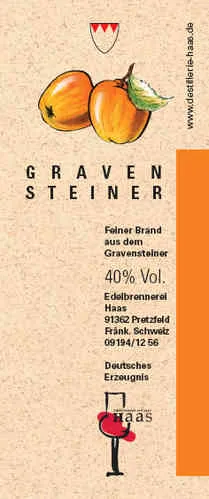
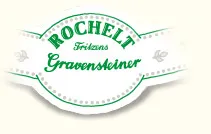

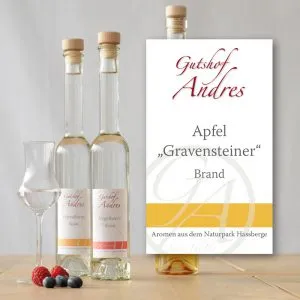
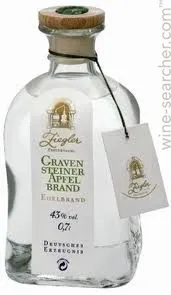
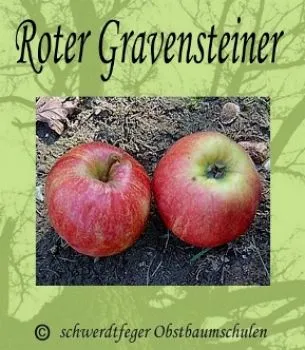
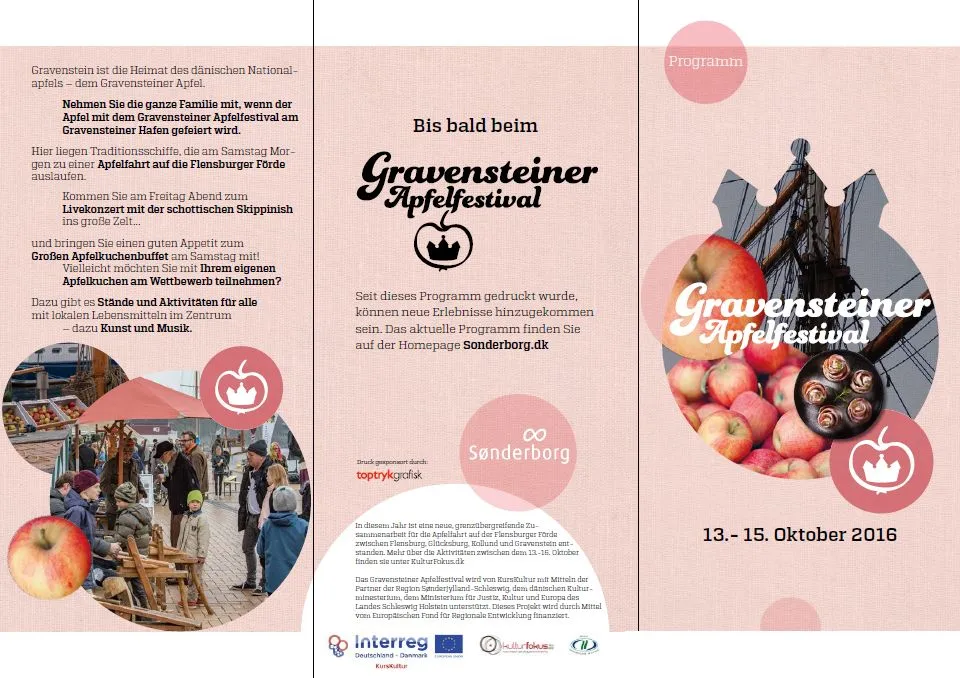
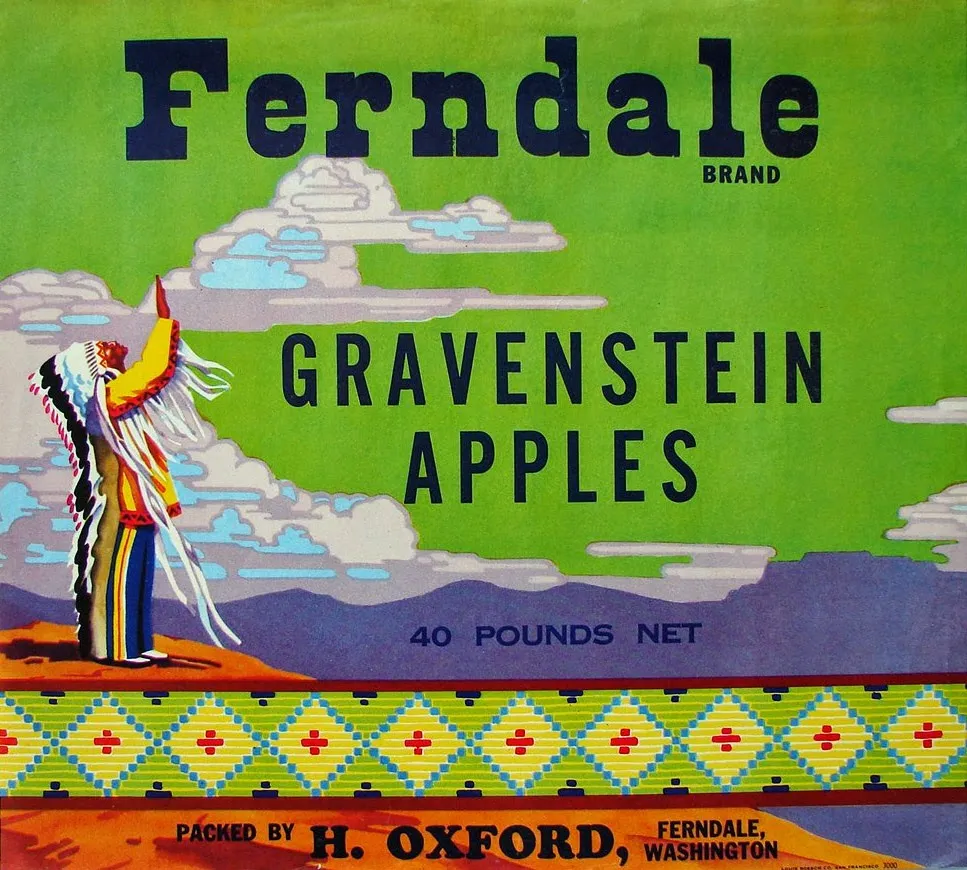
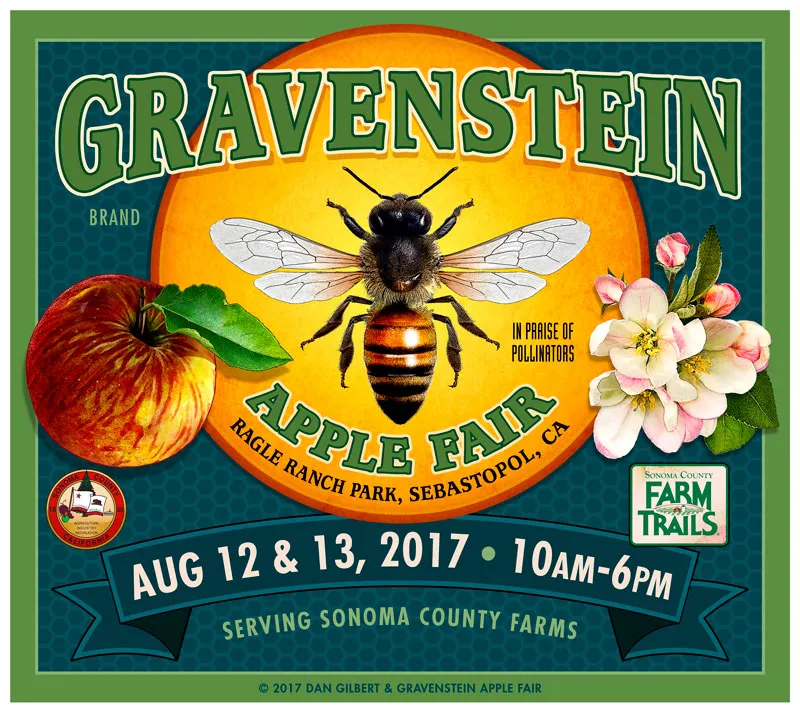


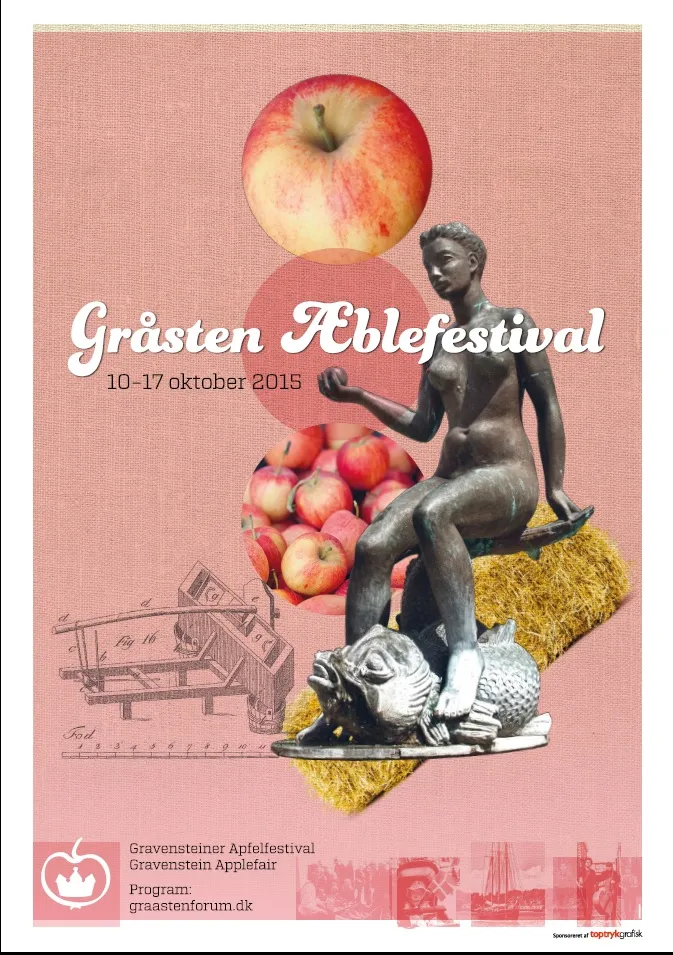
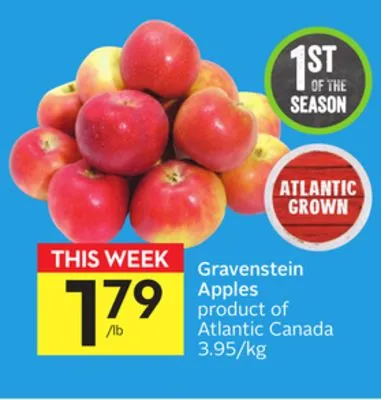

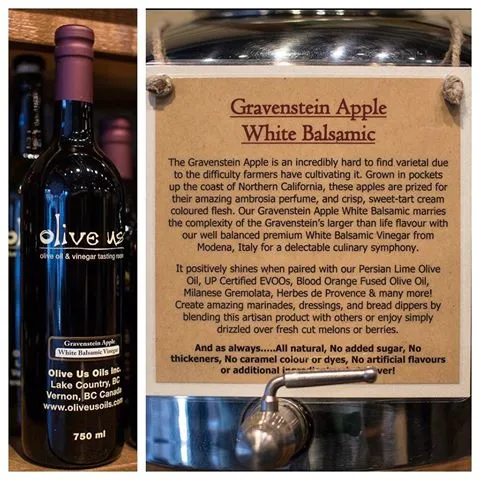

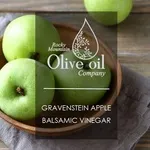
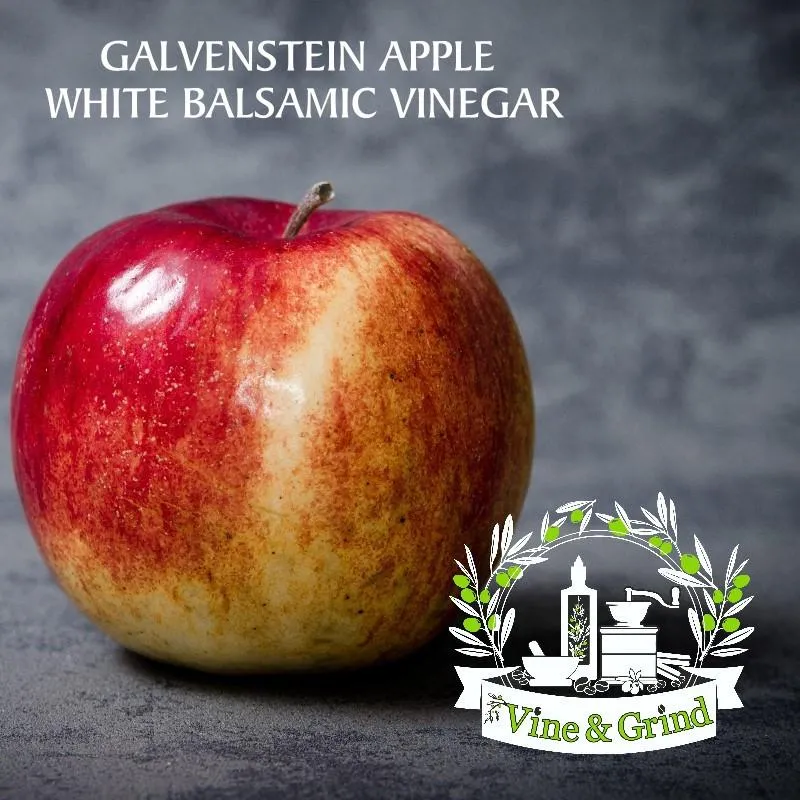
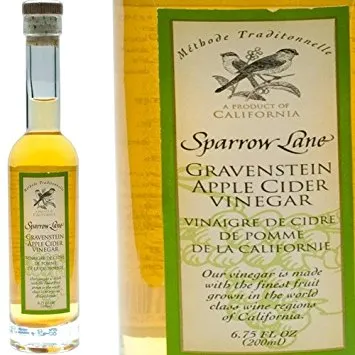
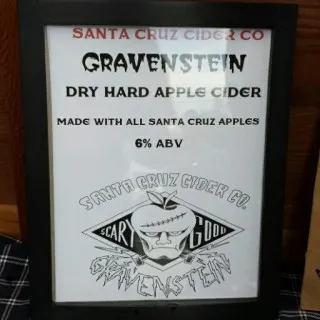
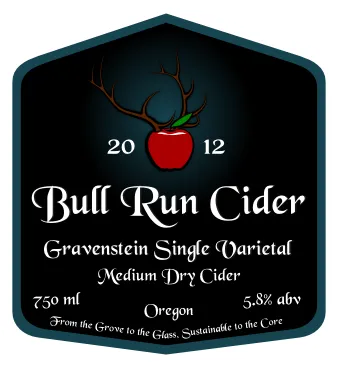
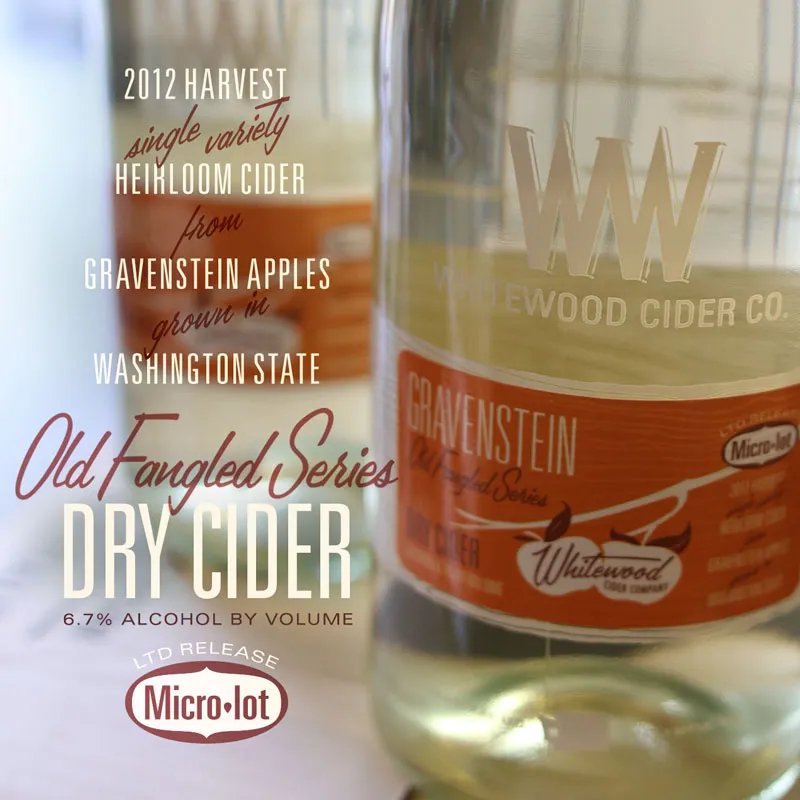
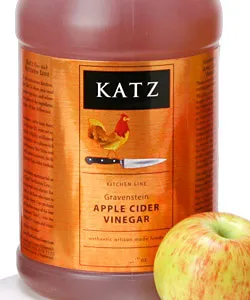
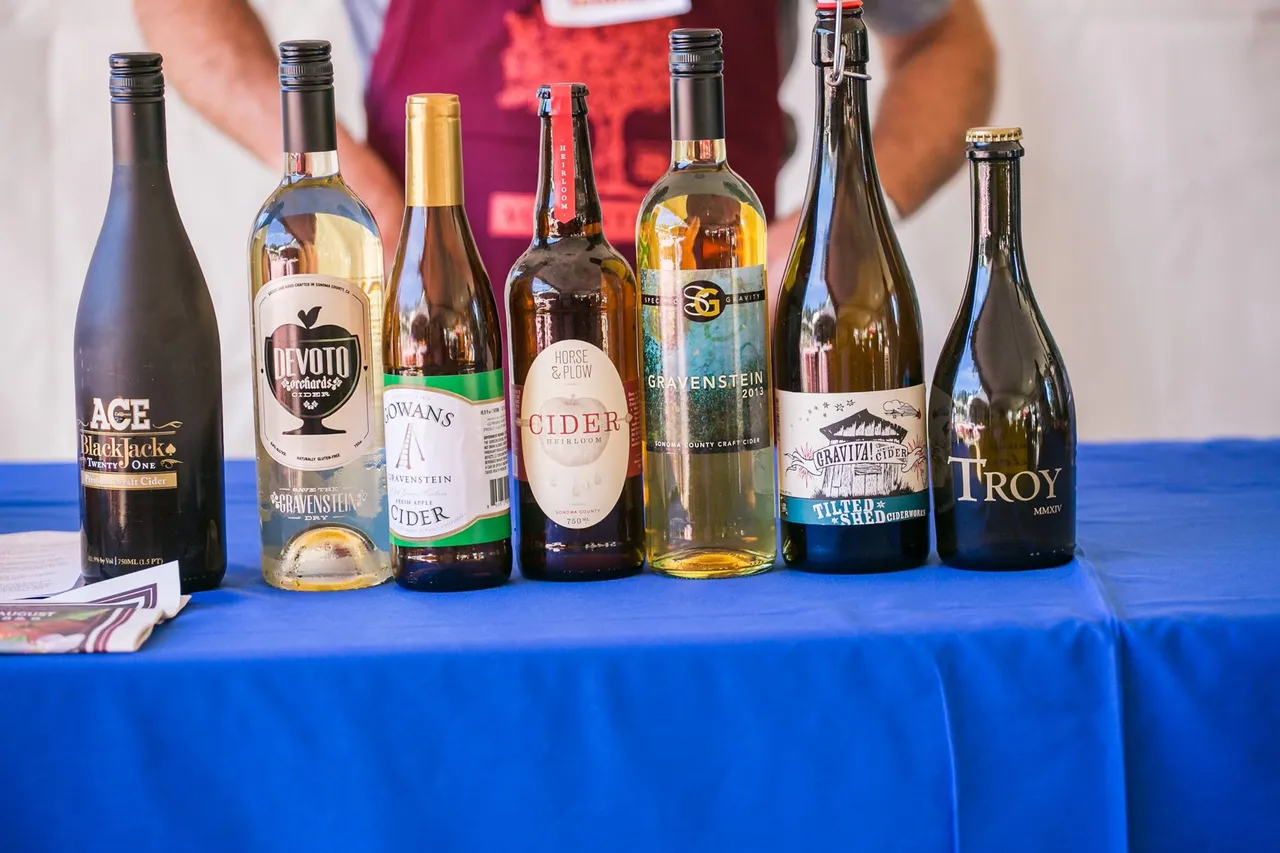
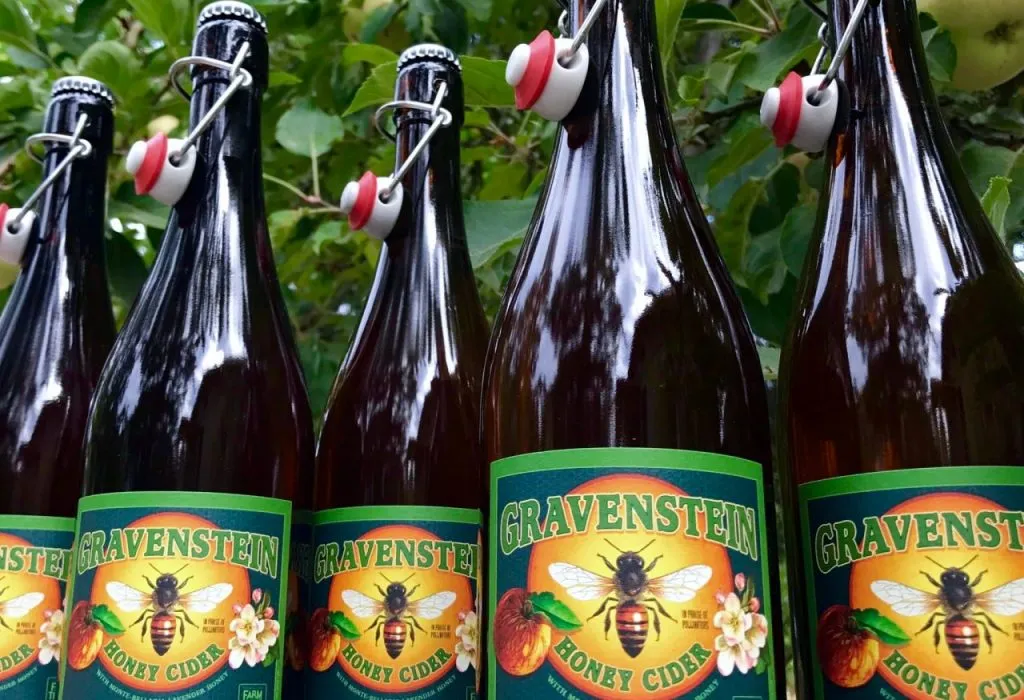
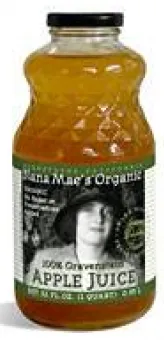
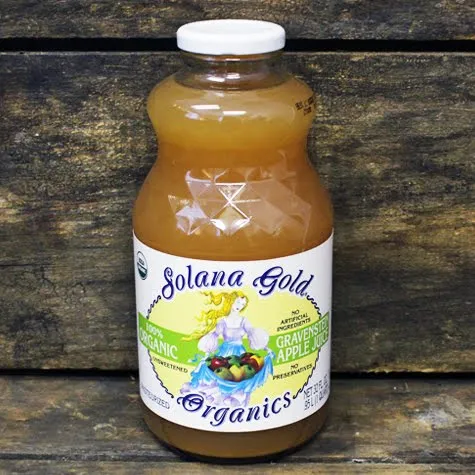

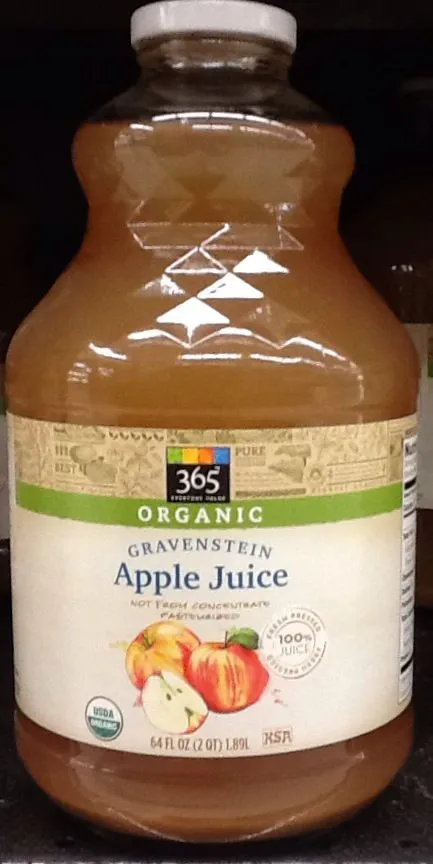
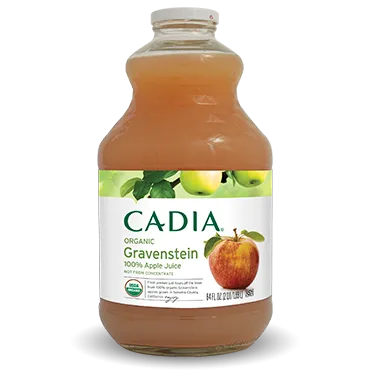
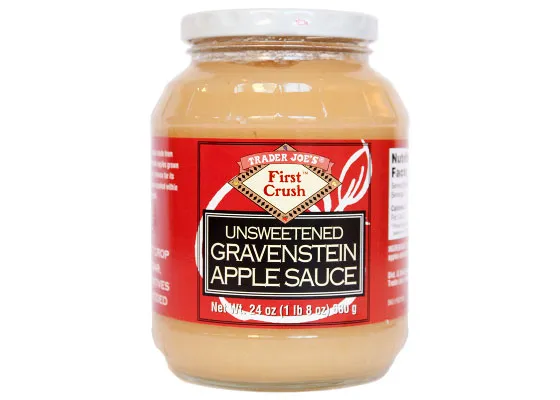


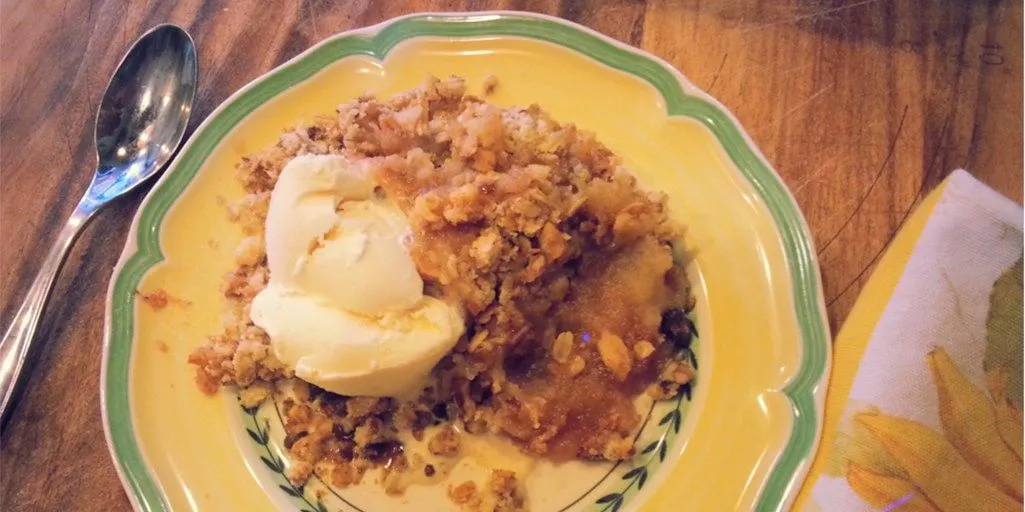
Various Gravenstein-specific food and drink labels, stamps, and festival promotions from around the internet. Apple crisp (like pie, but using a granola or streusel topping instead of pastry dough) image from Slow Food USA.
Long live the Grav!
Additional Source: https://en.wikipedia.org/wiki/Gravenstein
Top photo by the author